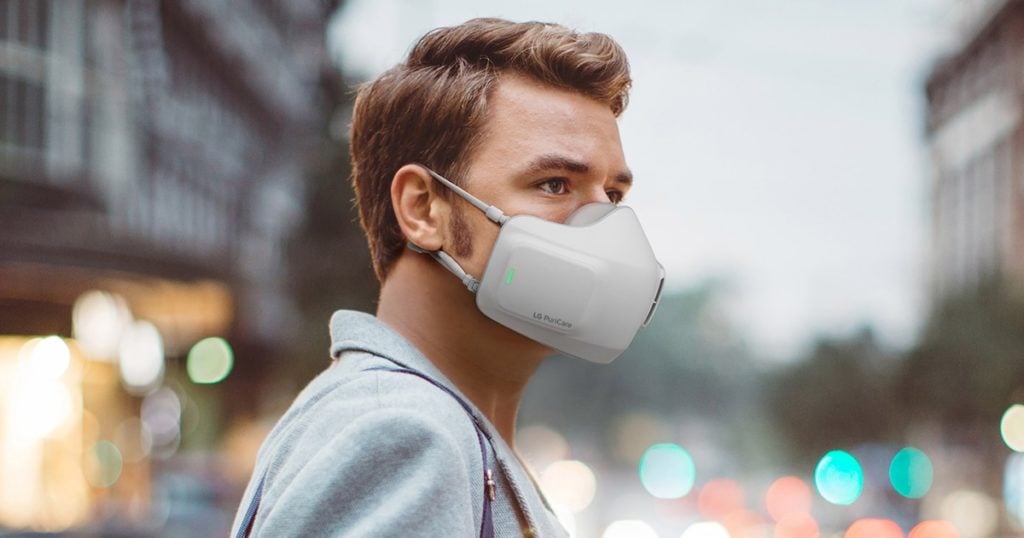
A face mask that can identify viruses in the air, such as the COVID-19 virus and the flu, has been created by scientists.
Even at extremely low liquid or gas concentrations, the mask can identify viruses. It has been hailed as an early warning system that might aid in halting the spread of a number of infectious diseases.
Since the mask is wired to many electronic devices and its signals can be evaluated in real-time, it can quickly notify users as to the presence of viruses.
The study’s co-corresponding author and material scientist Yin Fang from Shanghai Tongji University said, “Previous research has shown face mask wearing can reduce the risk of spreading and contracting the disease, so we wanted to create a mask that can detect the presence of virus in the air and alert the wearer.’’
He claims that the mask would perform particularly effectively in enclosed places, which are known to have a higher risk of viral transmission.
Mask Detects Viruses in Droplets or Aerosols
The mask functions by detecting common respiratory viruses in droplets or aerosols in the air. This is primarily how diseases such as COVID-19 or H1N1 (commonly known as the swine flu) are spread when infected persons talk, cough, or sneeze. These viruses can hang about in the air for a while.
Fang said, “Our mask would work really well in spaces with poor ventilation, such as elevators or enclosed rooms, where the risk of getting infected is high.”
A small sensor was created by the research team using aptamers, a class of synthetic molecules that can recognize specific pathogen proteins much like antibodies do. The team employed three different aptamer types that can recognize the SARS-CoV-2, H5N1, and H1N1 surface proteins.
Once the aptamers connect to the target proteins, a transistor on the mask’s sensor is activated, prompting a ten-minute alarm to be sent to the wearer’s phone.
In an enclosed chamber, the mask was put to the test by researchers by being sprayed with a virus-free protein coating.
According to Fang, the sensor picked up samples with as little as 0.3 microliters of liquid carrying viral proteins. This is actually a lot less than the volume of liquid produced by coughing or talking and between 70 and 560 times less than the volume produced by a single sneeze.
Fang also reported that the mask could easily be upgraded to detect any new respiratory viruses that might appear.
“Doctors have been relying heavily on their experiences in diagnosing and treating diseases,” he said. “But with richer data collected by wearable devices, disease diagnosis and treatment can become more precise.”
See all the latest news from Greece and the world at Greekreporter.com. Contact our newsroom to report an update or send your story, photos and videos. Follow GR on Google News and subscribe here to our daily email!



